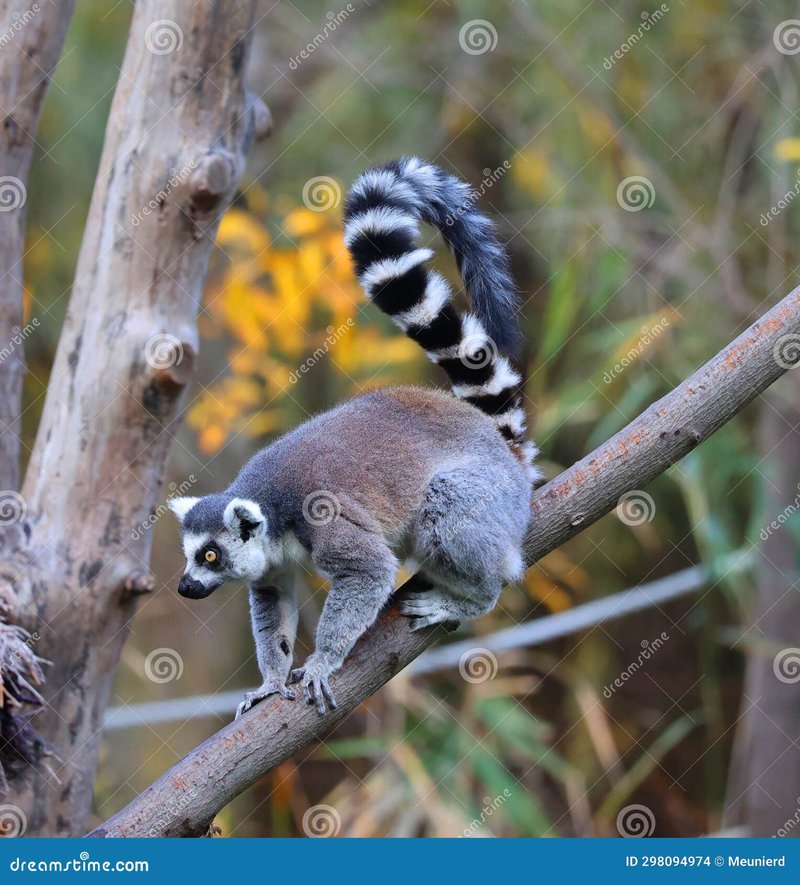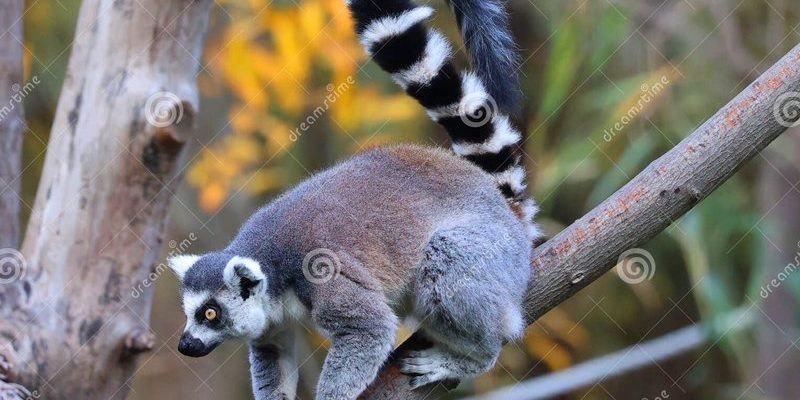
Imagine a bustling city filled with workers, each with a specific job that keeps everything running smoothly. That’s much like an ecosystem—where every species, including the ring-tailed lemur, has its own unique part to play. From seed dispersers to social animals, these lemurs have a big impact that goes beyond their charming appearance. Let’s dive into how these remarkable creatures contribute to the balance of their habitat.
Understanding Ring-Tailed Lemurs
To truly appreciate the ring-tailed lemur’s role, it’s essential to understand what makes them unique. These lemurs are primarily found in Madagascar’s dry forests and scrublands. They are social animals, often seen in groups called troops, which can include up to 30 individuals. Their striking black and white tail isn’t just for show; it helps them communicate with each other. When they’re on the move, they’ll often hold their tails high, using them as a kind of flag.
Another interesting aspect is their diet. Ring-tailed lemurs are primarily herbivores, munching on leaves, fruits, and flowers. This diet means they play an important part in plant reproduction and forest health. Think of them as the gardeners of their ecosystem, helping to spread seeds and encourage new plant growth. Their foraging habits help maintain a diverse environment, which is vital for the health of their habitat.
The Role of Ring-Tailed Lemurs in Seed Dispersal
Here’s the thing: when ring-tailed lemurs eat fruits, they don’t just benefit from the nutrition. They also contribute to seed dispersal. After eating, many seeds pass through their digestive system unharmed and get dropped in new locations. This process allows trees to grow in different areas, promoting biodiversity in their environment.
Imagine planting a garden by scattering seeds all over the place. Some will sprout; others won’t, but the ones that do might grow into beautiful trees, offering shade and shelter. Lemurs are like nature’s gardeners, planting the seeds they consume as they move around their territory. This is especially critical in Madagascar, where many plants rely on animals for seed dispersal.
Maintaining Ecosystem Balance
Ring-tailed lemurs help keep their ecosystem balanced, acting as both prey and predator. They are an important food source for larger animals, including birds of prey and reptiles. Their presence in the food chain helps maintain a natural balance. If their populations were to decline, it could affect the species that rely on them for food.
Additionally, by eating a variety of plants, these lemurs help control vegetation growth. When they graze and roam, they prevent any single species from overtaking an area. This diversity ensures that different plants and animals can coexist, creating a stable and healthy ecosystem.
The Social Structure of Ring-Tailed Lemurs
Social behaviors also play a significant role in their ecosystem. Ring-tailed lemurs are known for their complex social interactions. They live in troops led by a dominant female, which is quite unique in the animal kingdom. This social structure encourages cooperation and learning. Young lemurs observe and mimic adults, which helps them learn survival skills and social norms.
These social dynamics can be compared to a close-knit community where everyone supports each other. This kind of interaction fosters a strong troop, enabling them to work together to find food, raise young, and defend against predators. Strong social bonds enhance their survival, which ultimately supports the health of their ecosystem.
Conservation and Protection Efforts
Sadly, ring-tailed lemurs are classified as endangered. Habitat loss due to deforestation and human activity poses a significant threat to their survival. Conservation efforts are vital to protect these unique animals and the ecosystems they support. Organizations are working to preserve their habitats and promote sustainable practices among local communities.
You might be wondering what you can do to help. Even small actions like supporting eco-friendly brands or donating to conservation projects can make a difference. Every bit counts when it comes to preserving these remarkable creatures and the balance of their ecosystems.
The Importance of Biodiversity
Biodiversity is crucial for any ecosystem’s health, and ring-tailed lemurs are a key piece of that puzzle. By contributing to plant growth and serving as prey and predator, they help create a web of life that supports numerous other species. When you have a diverse ecosystem, it’s more resilient to changes like climate change or disease outbreaks.
Think of it as a finely tuned orchestra. Each instrument plays a different part, and if one is missing, the music is off. In the same way, the decline of ring-tailed lemurs can disrupt the harmony of Madagascar’s unique habitats.
In a nutshell, the ring-tailed lemur is much more than just a cute creature hopping around Madagascar. Its role in the ecosystem is essential—it aids in seed dispersal, maintains balance, and fosters biodiversity. Protecting these lemurs isn’t just about saving a single species; it’s about preserving the intricate tapestry of life that exists because of them.
So, the next time you see a picture of a ring-tailed lemur, remember: they hold a vital place in their world, much like we do in ours. Every step we take for conservation reflects our commitment to the balance of nature, ensuring these lively creatures continue to thrive for generations to come. Let’s all do our part!

